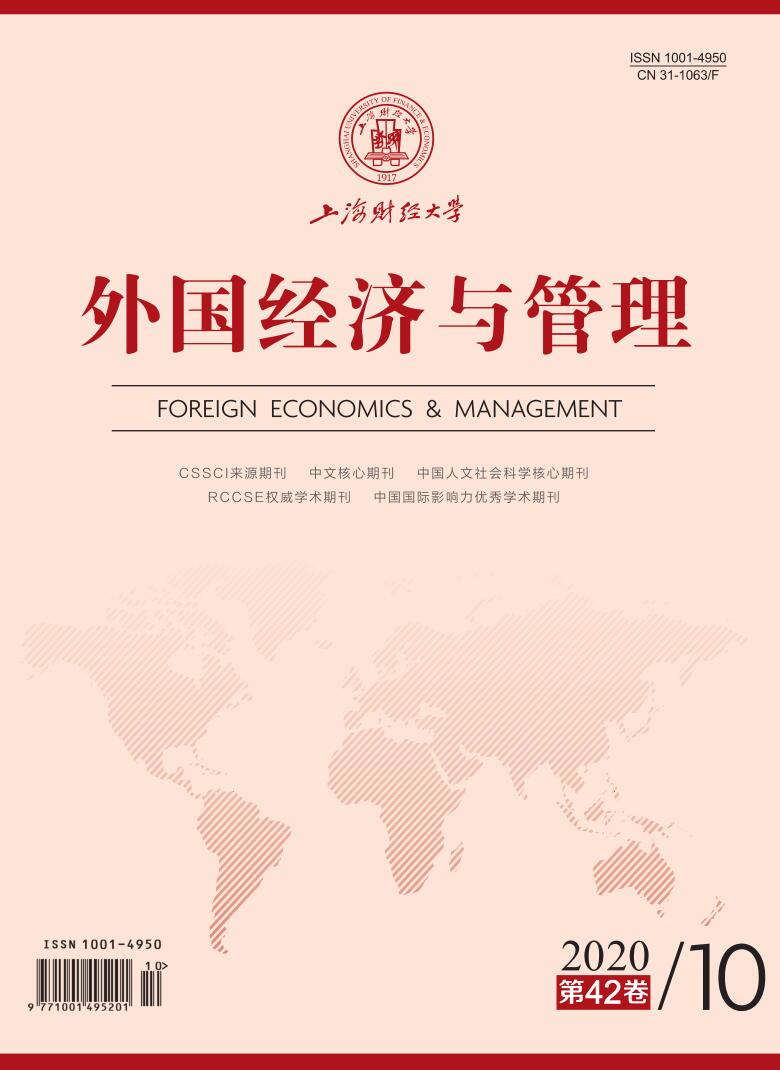破坏性创新理论研究市场新进入者与已在位者两类具有不对称现状企业之间如何博弈的问题,被认为是21世纪初最有影响力的商业理论。克莱顿•克里斯坦森认为,新进入者必须选择与在位者差异化的客户群,而且需要用新技术来生产产品。如果选择低端客户,就是所谓低端客户破坏策略;如果选择潜在消费者,则是新市场破坏策略。破坏性策略是打败强敌的有效方法。该理论创建二十多年来受到理论和实践两方面的广泛关注,克莱顿•克里斯坦森作为该理论的创始人也因此享誉全球。本文重温了破坏性创新理论,对二十多年来破坏性创新理论的研究与实践进行了归纳与分析,并客观评述了人们对破坏性创新的误解、修正和发展。本文的研究贡献是:系统性地评述了破坏性创新理论,并依据克里斯坦森的学术和实践经历,提出破坏性创新理论与实践是动态发展的过程;在客观评述创立时期的破坏性创新理论的基础上,进一步分析评述了克里斯坦森近年来不断深入管理实践,进而提出的市场创造型创新、持续型创新、效率型创新三种创新模式,本文将其称为MSE创新模式;最后,本文阐述了在数字经济背景下破坏性创新理论向何处去的问题。
克里斯坦森的破坏性创新理论:本源与发展
摘要
参考文献
2 (美)克莱顿•克里斯坦森,(美)艾佛萨•奥热莫,(美)凯伦•迪伦著, 陈劲, 姜智勇译. 繁荣的悖论[M]. 北京: 中信出版社, 2020.
3 Austin J, Stevenson H, Wei–Skillern J. Social and commercial entrepreneurship: Same, different, or both?[J]. Entrepreneurship Theory and Practice,2006, 30(1): 1-22. DOI:10.1111/j.1540-6520.2006.00107.x
4 Bergek A, Berggren C, Magnusson T, et al. Technological discontinuities and the challenge for incumbent firms: Destruction, disruption or creative accumulation?[J]. Research Policy,2013, 42(6-7): 1210-1224. DOI:10.1016/j.respol.2013.02.009
6 Christensen C M. The innovators dilemma: When new technologies cause great firms to fail[M]. Cambridge, MA: Harvard Business School Press, 1997: 1-228.
7 Christensen C M. The ongoing process of building a theory of disruption[J]. Journal of Product Innovation Management,2006, 23(1): 39-55. DOI:10.1111/j.1540-5885.2005.00180.x
8 Christensen C M. How will you measure your life?(Harvard business review classics)[M]. Boston: Harvard Business Review Press, 2017.
9 Christensen C M, Anthony S D, Roth E A. Seeing what's next: Using the theories of innovation to predict industry change[M]. Boston: Harvard Business School Press, 2004.
11 Christensen C M, Dillon K, Hall T, et al. Competing against luck: The story of innovation and customer choice[M]. New York: Harper Business, 2016.
12 Christensen C M, McDonald R, Altman E J, et al. Disruptive innovation: An intellectual history and directions for future research[J]. Journal of Management Studies,2018, 55(7): 1043-1078. DOI:10.1111/joms.12349
14 Christensen C M, Ojomo E, Dillon K. The prosperity paradox: How innovation can lift nations out of poverty[M]. New York: HarperCollins, 2019b.
15 Christensen C M, Ojomo E, Gay G D, et al. The third answer: How market-creating innovation drives economic growth and development[J]. Innovations: Technology, Governance, Globalization,2019c, 12(3-4): 10-26. DOI:10.1162/inov_a_00272
16 Christensen C M, Raynor M E. The innovators solution: Creating and sustaining successful growth[M]. Cambridge: Harvard Business Review Press, 2013.
19 Danneels E. Disruptive technology reconsidered: A critique and research agenda[J]. Journal of Product Innovation Management,2004, 21(4): 246-258. DOI:10.1111/j.0737-6782.2004.00076.x
21 Dyer J H, Gregersen H B, Christensen C M. The innovator’s DNA: Mastering the five skills of disruptive innovators[M]. Boston: Harvard Business Review Press, 2011.
23 Garcia R. Types of innovation[A]. Wiley encyclopedia of management[M]. New York: John Wiley & Sons, Ltd. , 2015.
24 Govindarajan V, Kopalle P K. Disruptiveness of innovations: Measurement and an assessment of reliability and validity[J]. Strategic Management Journal,2006, 27(2): 189-199. DOI:10.1002/smj.511
26 Huesig S, Timar K, Doblinger C. The influence of regulation and disruptive potential on incumbents’ submarket entry decision and success in the context of a network industry[J]. Journal of Product Innovation Management,2014, 31(5): 1039-1056. DOI:10.1111/jpim.12143
27 Hwang J, Christensen C M. Disruptive innovation in health care delivery: A framework for business-model innovation[J]. Health Affairs,2008, 27(5): 1329-1335. DOI:10.1377/hlthaff.27.5.1329
28 Kenagy J W, Christensen C M. Disruptive innovation: A new diagnosis for health care’s “financial flu”[J]. Healthcare Financial Management,2002, 56(5): 62-66.
31 Lindsay J, Hopkins M. From experience: Disruptive innovation and the need for disruptive intellectual asset strategy[J]. Journal of Product Innovation Management,2010, 27(2): 283-290. DOI:10.1111/j.1540-5885.2010.00715.x
32 Maslach C, Schaufeli W B. Historical and conceptual development of burnout[A]. Schaufeli W B, Maslach C, Marek T. Professional burnout: Recent developments in theory and research[C]. Washington, DC: Taylor and Francis, 1993.
35 Ramani S V, Mukherjee V. Can breakthrough innovations serve the poor(bop) and create reputational(CSR) value? Indian case studies[J]. Technovation,2014, 34(5-6): 295-305. DOI:10.1016/j.technovation.2013.07.001
37 Schumpeter J. Capitalism, socialism and democracy[J]. New York: Harper,1942.
38 Si S, Chen H. A literature review of disruptive innovation: What it is, how it works and where it goes[J]. Journal of Engineering and Technology Management,2020, 56: 101568. DOI:10.1016/j.jengtecman.2020.101568
39 Si S, Chen H, Liu W, et al. Disruptive innovation, business model and sharing economy: The bike-sharing cases in China[J]. Management Decision,2020. DOI:10.1108/MD-06-2019-0818
40 Si S, Yu X B, Wu A Q, et al. Entrepreneurship and poverty reduction: A case study of Yiwu, China[J]. Asia Pacific Journal of Management,2015, 32(1): 119-143. DOI:10.1007/s10490-014-9395-7
引用本文
斯晓夫, 刘婉, 巫景飞. 克里斯坦森的破坏性创新理论:本源与发展[J]. 外国经济与管理, 2020, 42(10): 125-138.
导出参考文献,格式为:
下一篇:连环创业研究述评与未来展望






 9752
9752  14029
14029

